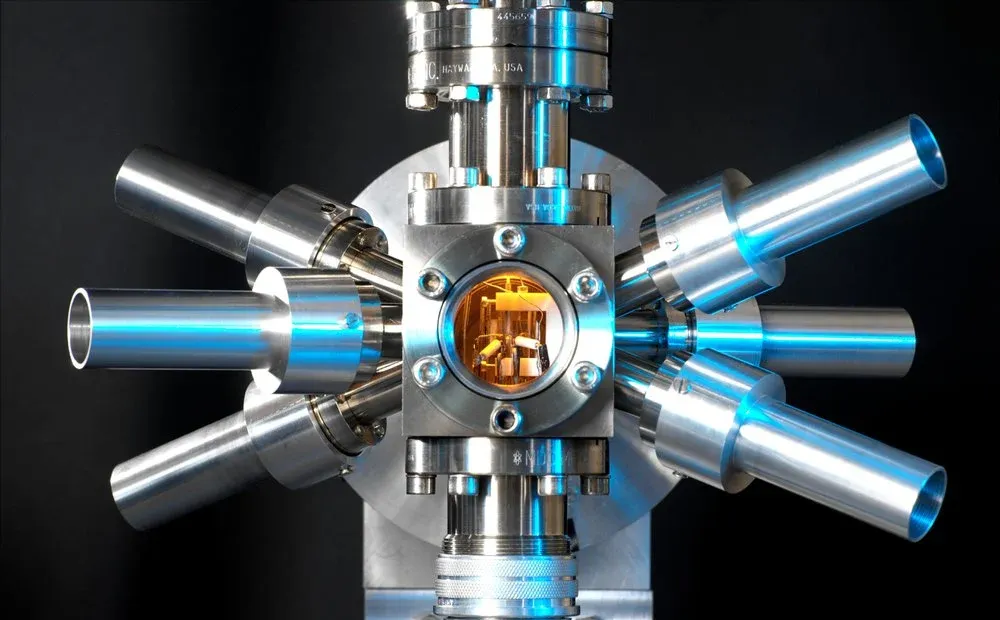Wait a second

Blog vol 3. 22. Wait a second.
Again, I am thankful to Nature for their regular news feed. I comb through it and pick out advances in eye care and optics. We have discussed nanophotonic sensors, 3-dimensional photonic crystals, chirped-pulse amplifiers, and today, optical clocks. Fascinating stuff.
We have had atomic clocks since the 1950s. Atomic clocks use caesium-133; a second is the time it takes to cycle through 9,192,631,770 oscillations of the microwave radiation the caesium atoms absorb and emit when they switch between certain states.
Optical clocks use strontium and ytterbium, which have up to 100,000 times faster frequencies, to cut the second even finer. Remarkably, optical clocks are 100 times more accurate than atomic clocks, which since the 1960s have defined Coordinated Universal Time (UTC).
Why do we need more precise chronometers? Do we really need to slice up time that finely?
For everyday life, no. For scientific research, this is useful.
With really fine slices of time scientists can even test the general theory of relativity which says that time should pass more slowly in places where gravity is stronger such as at low altitudes. Comparing the ticking frequency of two optical clocks could even reveal subtle changes in gravitational fields caused by the movement of masses, for example, by shifting tectonic plates.
The key is not only finer slicing of time but also more precise synchronizing of timepieces so even small (we’re talking REALLY small) differences can be observed. This is where the latest research from Dr. Pan, a physicist at the University of Science and Technology of China in Hefei, comes in. His team was able to transmit, optically, instead of with the previously used low-frequency microwaves, pulses as far as 113 km which is a new record. (Read more here).
The optical clocks need to be able to communicate with each other precisely before they can become the new standard for the measurement of the second as a unit of time.
The plan is to transmit to satellites and then relay to other earth-bound clocks (also making it eventually possible to hunt for dark matter and detect gravitational waves in space, my editor says this is extraneous, but it is so interesting I asked to keep it in:)
Wait a second! Or should I say, wait 919,200,000,000,000 oscillations of an ytterbium atom!
til next week,
the good doctor






